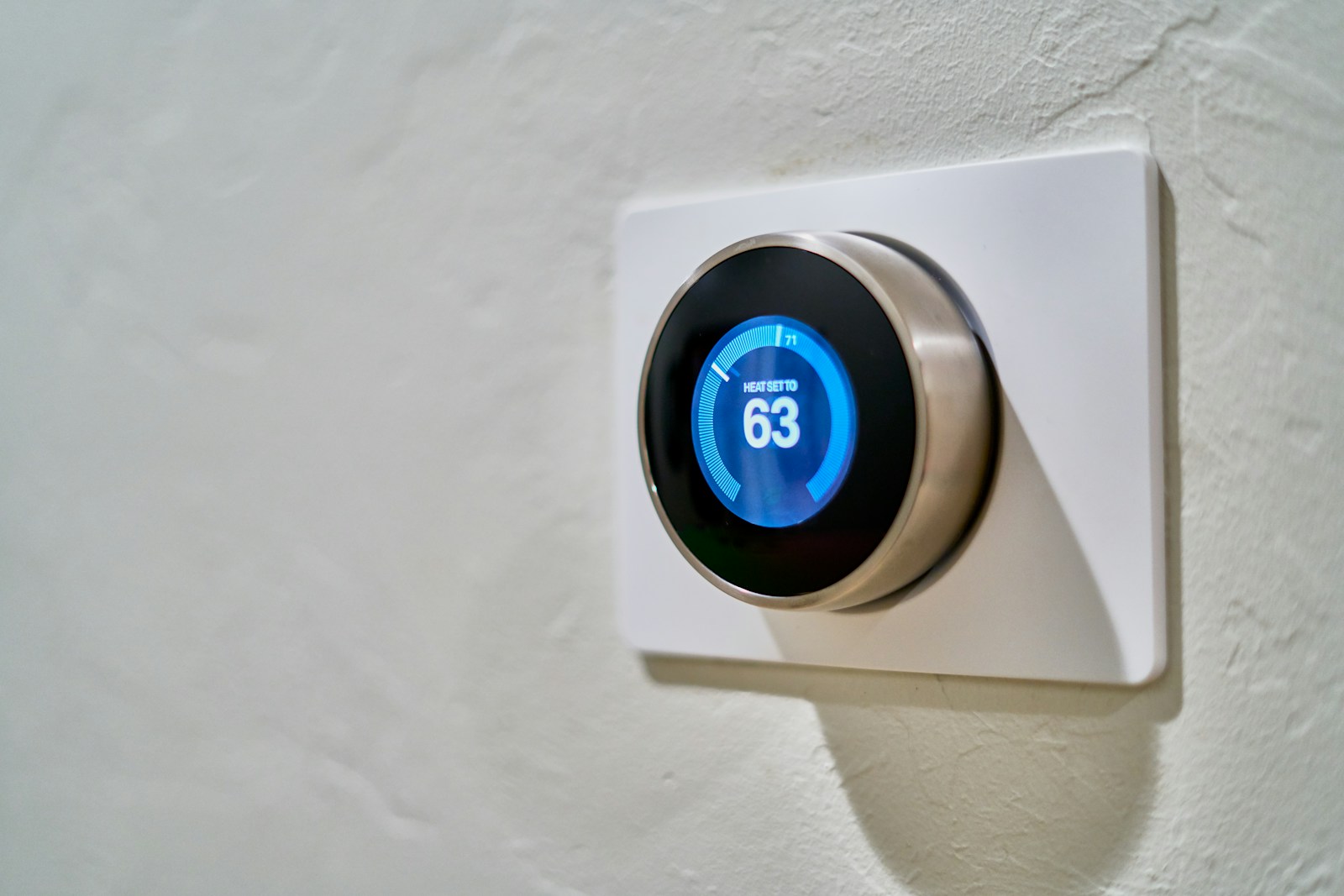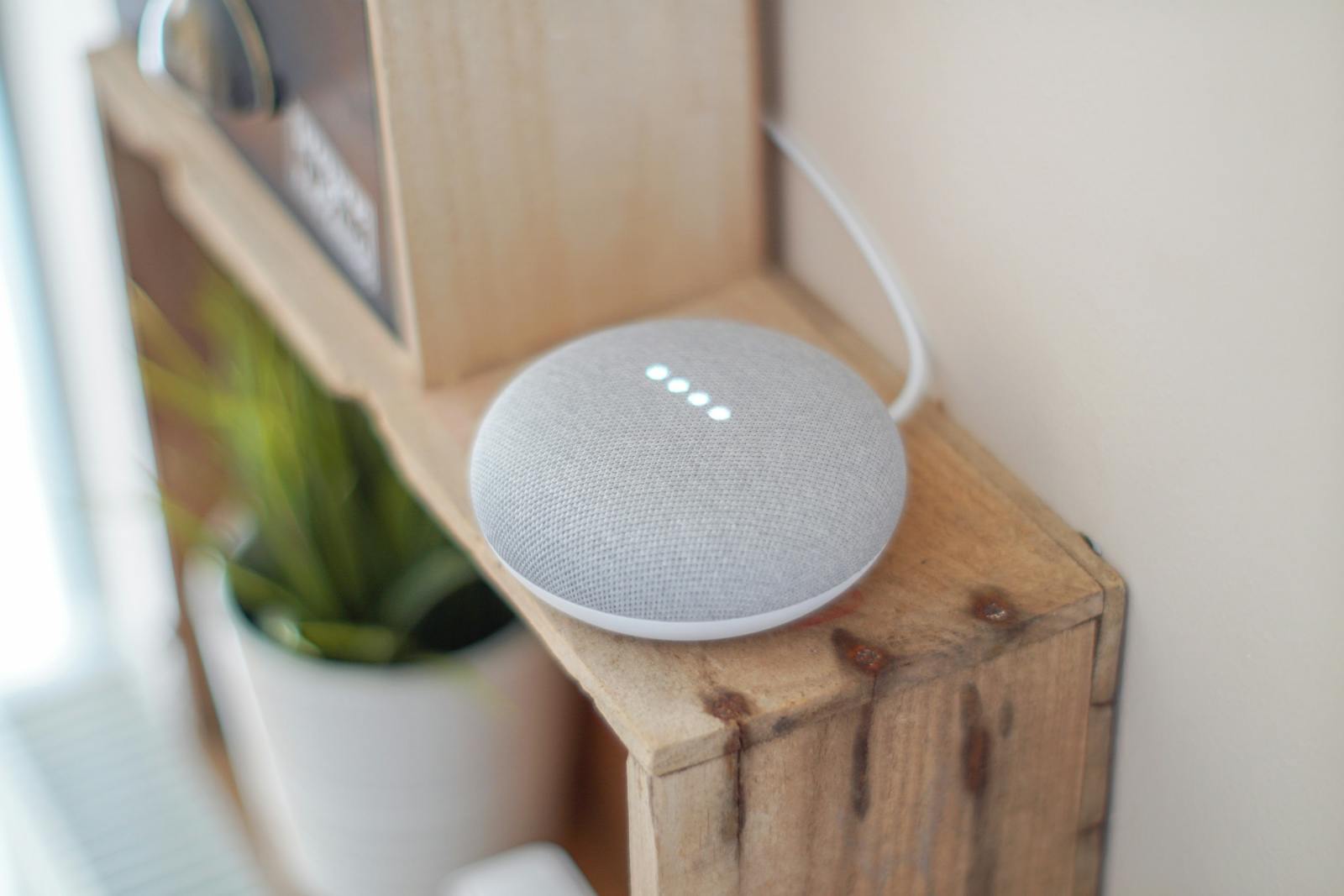Selling your home isn’t just about putting a sign on the lawn and waiting for offers. Especially in Spruce Grove’s competitive market, the right preparation before you list can mean the difference between a quick, top-dollar sale and weeks of frustration.
Here are five key things to do before listing your home — steps I walk my clients through during our free, no-pressure Seller Strategy Session.
1. Get a Realistic Home Value Estimate
Before anything else, it’s important to know what your home is worth in today’s market — not based on guesswork or an outdated online estimate. A detailed market evaluation will show what buyers are actually paying for homes like yours right now in Spruce Grove.
💡 I offer this as a free service, with no obligation.
2. Tackle the Small Stuff That Makes a Big Impact
Buyers notice everything. Fixing minor issues like leaky faucets, loose door handles, or scuffed walls can improve your home's perceived value. I’ll even provide a personalized checklist and a free staging consultation to help your home shine.
3. Choose Your Timing Wisely
Timing can influence your sale price and your stress levels. While spring is traditionally hot, other times of year can work just as well depending on your goals, your neighbourhood, and current inventory. We’ll build your strategy around your ideal timeline.
4. Avoid the Price-High-Then-Chase-Down Trap
Overpricing is the #1 mistake I see. It sounds tempting to “test the market,” but it often leads to price reductions and wasted time. I’ll give you honest, data-backed advice so you can attract the right buyers from day one.
5. Plan Your Next Move Now
Selling is just one side of the equation. Whether you’re upsizing, downsizing or relocating, I’ll help you line up your next home so the transition is smooth and stress-free.
📍 Ready to Talk Strategy?
If you’re even thinking about selling your Spruce Grove home in the next 6-12 months, I’d love to offer you a free Seller Strategy Session. There’s no pressure, no commitment — just expert advice tailored to your goals.
👉 Book a free Seller Strategy Session now












